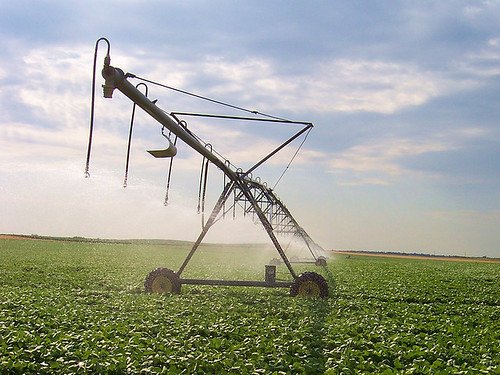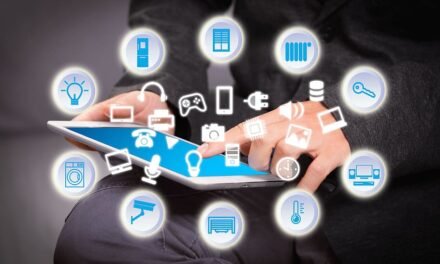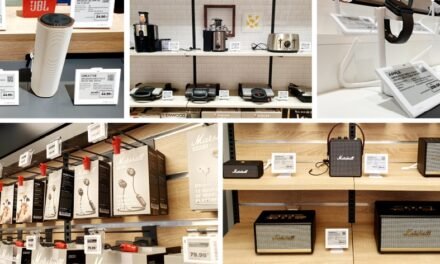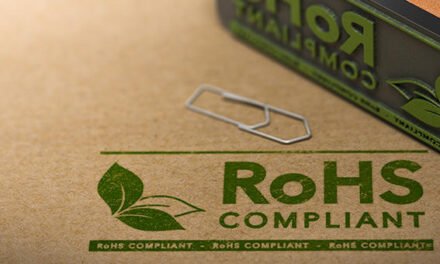Introduction
Imagine a world where farming decisions are driven by real-time data and precise analytics. Welcome to the era of the Internet of Things (IoT) in agriculture, often called smart farming or precision agriculture. This technological leap is reshaping how we grow crops and manage livestock, promising higher yields, cost savings, and sustainable practices.
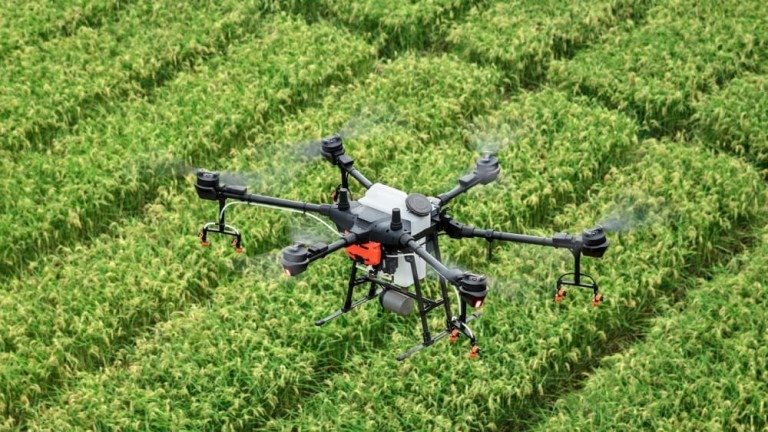
agriculture drone
Precision Farming: Smart Data for Smarter Decisions
IoT technologies empower farmers to gather real-time data about their crops and fields. Sensors placed in the soil measure moisture levels, temperature, and nutrient content. This information helps optimize irrigation, fertilization, and other inputs. Drones equipped with cameras and sensors provide aerial imagery, collecting data on crop health, pest infestations, and growth patterns. This data-driven approach leads to better resource allocation, increased yields, and cost savings.
Livestock Monitoring: Ensuring Health and Productivity
IoT devices such as smart collars or ear tags monitor the health and behavior of livestock. These sensors collect data on body temperature, heart rate, activity levels, and location. Farmers can identify early signs of disease, monitor feeding patterns, and track animal movements. Also this technology enhances animal welfare, optimizes feeding strategies, and ensures early detection of health issues, improving overall management.
Crop and Pest Management: Targeted Interventions
IoT-based systems provide real-time data on weather conditions, pest populations, and disease outbreaks. Weather sensors collect data on temperature, humidity, rainfall, and wind speed, helping farmers optimize planting, harvesting, and pest control schedules. Automated pest monitoring systems use sensors and cameras to detect pests or diseases, enabling early intervention and targeted treatments. This approach reduces pesticide use, minimizes crop damage, and promotes sustainability.
Automated Irrigation: Water Efficiency at Its Best
IoT-enabled irrigation systems use sensors and weather data to optimize water usage. Soil moisture sensors determine soil moisture content and trigger automated irrigation when needed, reducing water waste. These systems can be remotely controlled and monitored via mobile applications, allowing efficient management of irrigation schedules and conservation of water resources.
Supply Chain Optimization: Enhancing Traceability and Freshness
IoT technologies improve supply chain management in agriculture. Sensors and RFID tags track the location and condition of agricultural products from farm to market. Real-time monitoring of temperature, humidity, and storage conditions ensures the quality and freshness of perishable goods. IoT-based supply chain optimization improves traceability, reduces waste, minimizes product losses, and enhances food safety.
Farm Equipment Management: Boosting Efficiency and Longevity
IoT can improve the efficiency and maintenance of farm machinery. Sensors installed on agricultural equipment collect data on fuel consumption, engine performance, and operating conditions. This data helps farmers optimize equipment usage, schedule maintenance tasks, and prevent breakdowns. IoT-based equipment management increases productivity, reduces downtime, and extends the lifespan of farm machinery.
The IoT revolution in agriculture is here, providing actionable insights, real-time monitoring, and data-driven decision-making tools. By optimizing resource allocation, improving crop management, and enhancing overall farm operations, IoT technologies contribute to increased productivity, sustainability, and profitability in agriculture. Embrace smart farming and witness a new era of agricultural excellence.

